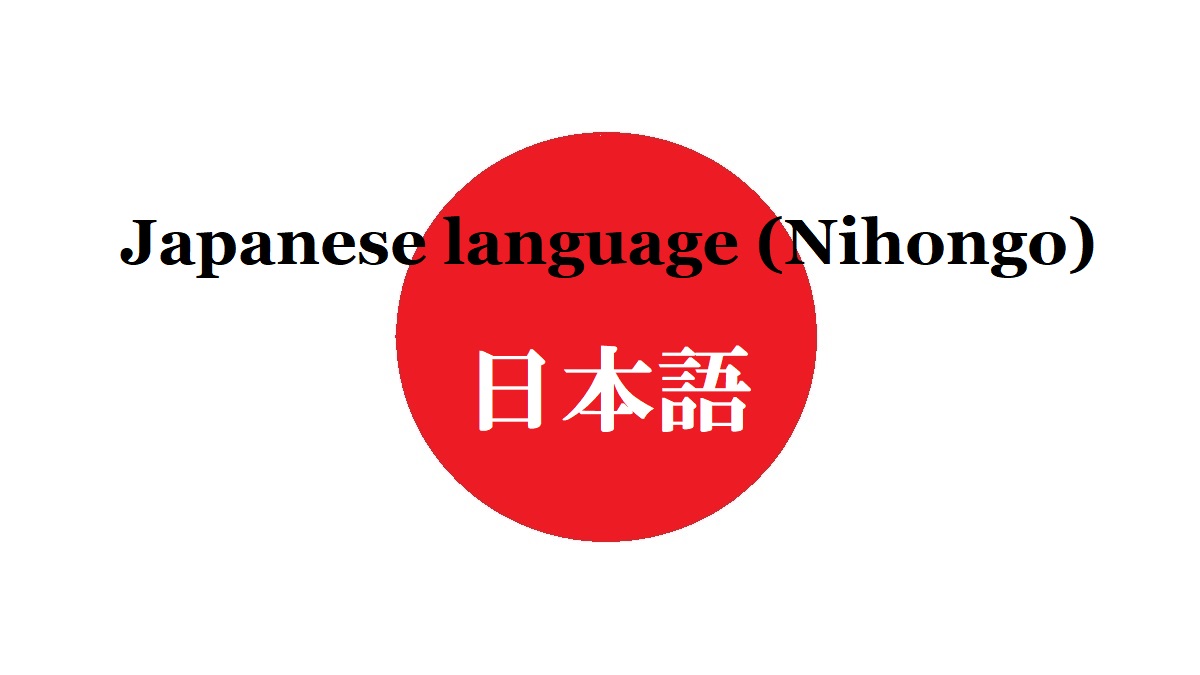[Step.5] Negative sentence
Making negative sentence
When you make a negative sentence in English, you use “not” or "no".
In Japanese, there are two words for making a negative sentence , “nai” and “n”.
"Nai" is an adjective and "n" is an auxiliary verb.
In this page, I explain "n" because it can make a negative sentence with "masu" and "desu" easily.
In Pettern-A, “masu” changes to “masen”.
“Masen” is made by connecting “masu” and negative auxiliary verb “n”.
Because an auxiliary verb comes after “masu”, the end part of “masu” is changed to “mase”.
But you have only to learn that the negative form of “masu” is “masen”.
In Pattern-B, original “desu” is changed to very different words.
Unfortunately, “desu” can’t connect a negative auxiliary verb grammatically.
Because "desu" has the meaning of positive assertion.
Therefore, the Verb group is changed to such idiom.
"De" is the changed form of "desu" before a verb "aru".
"Aru" is an abstract verb meaning showing a condition, so "de aru" shows the conditon of assertion.
"Ari" is the changed form of "aru" before "masen".
At the end, "masen" denies the condition.
"Wa" is a particle and adds the meaning of emphasis to "de".
The idiom is really confusing grammatically, but this is the basic negative idiom.
Please learn them as a whole.
(Ex.1) I don’t eat sushi.
This is a typical example of Pattern-A.
(Ex.2) She isn’t a nurse.
This is a typical example of Pattern-B.
Adverbs to express the level of negation
By using the adverbs to express the level of negation, you can extend the range of expression.
- 0% of possibility
kesshite = never
zettai = never, absolutely ... not
zenzen = not ... at all
mattaku = not ... at all - Almost 0% of possibility
hotondo = hardly
mettani = rarely (chance) - A little percent of possibility
amari = not very, not much
anmari = not very, not much
sorehodo = not very, not much
sonnani = not very, not much
When you use the adverb for 0% of possibility, the sentence emphasizes negation.
About the case of the other adverbs, the sentence expresses negation but leaves a little possibility.
In English, “hardly”, "rarely" and “seldom” are used in affirmative sentence, but the meaning is almost negation.
In Japanese, even the expression with very low possibility uses negative sentence.
(Ex.3) I don’t eat sushi so much.
This is an example with a little possibility.
(Ex.4) I rarely go to Tokyo.
This is an example with almost 0% of possibility.
(Ex.5) She is never a nurse.
This is an example with 0% of possibility.
Negative question sentence
You can make a question of negative sentence easily.
You have only to add “ka?” at the end of the sentence as ever.
But, this negative question sentence has a little delicate nuance.
A speaker think the hearer naturally do an action.
But the hearer seems not to do the action.
At that time, the speaker ask, "Don't you do it?", using negative question sentence.
In the speech, it includes a feeling that the speaker is a little surprised and wants to grasp what the hearer really meant.
(Ex.6) Don’t you eat sushi?
The sentence includes an unexpected feeling that most members happily eat sushi but the hearer doesn't want to eat.
(Ex.7) Aren’t you Yumi?
The speaker asked a girl.
But the speaker found that the girl was unexpectedly Yumi you know.
Attend to “hai” (=yes) and “iie” (=no) of negative question!
The problem is that “hai” and “iie” in Japanese is different from “yes” and “no” in English about negative question.
About above Ex.6, you answer in English like the following.
Yes = I eat sushi.
No = I don’t eat sushi.
But, in Japanese, these invert.
[Answer = I eat sushi]
Yes, I do. (English)
Iie, tabe masu. (Japanese)
[Answer = I don’t eat sushi]
No, I don’t. (English)
Hai, tabe masen. (Japanese)
In English, negative sentence isn’t put after “yes”.
But, in Japanese, negative sentence is OK after “hai” (=yes).
Briefly speaking, the essence is the following.
If the negative sentence without “ka?” is correct, the answer is “hai” (=yes).
If it is wrong, the answer is “iie” (=no).
Please attend to the answer.


